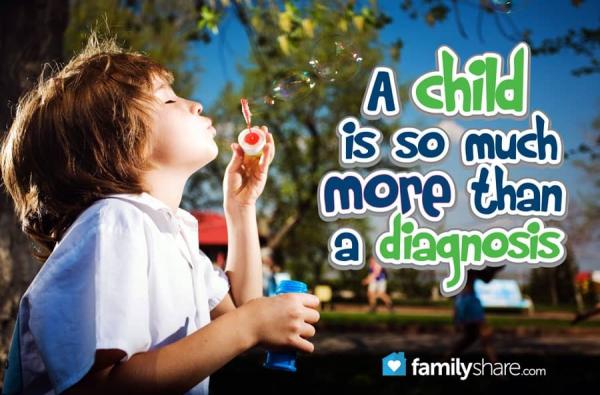
If you have a family member or friend with autism, you may find understanding him or her to be challenging in a variety of ways. Autism is still shrouded in mystery for many people. As an increasing number of people are diagnosed with autism, it becomes even more important for everyone to gain a basic understanding of it.
The book,Autism & Asperger's Syndrome in Layman's Terms by Raymond Le Blanc may be helpful to you; much of the material in this article is drawn from that book.
Here are 10 things to help you better understand and interact with people with autism:
Communication
Communication problems are one of the most readily noticeable symptoms of autism and autism spectrum disorders. This includes not only verbal communications, but non-verbal communications such as facial expressions.
Social skills
Social skills present a challenge for those with autism. This seems to go deeper than simply being unable to communicate well. Those with autism struggle to understand and empathize with other people.
Habits and cyclic behavior
People with autism develop repetitive or cyclic habits, often repeating a word or action over and over.
Only one
Some people with autism will demonstrate only one of the three typical features of autism (communication deficit, social skills deficit or repetitive behavior) while others will have two or all three.
Toddlers
Autism is generally diagnosed in toddlers when their normal developmental progress slows or even reverses, especially regarding language development. For instance, a child who has learned to speak a few words may lose the ability to speak.
Attachment
Children with autism may not appear to have a normal attachment to their parents or other family members. While they may not cuddle and interact in the same way as other children, evidence suggests that they do, in fact, feel great attachment to their parents and can develop relationships with others.
Causes
There is no definitive understanding for the cause, or causes, of autism, yet. There are many theories currently being explored, and some people are passionate advocates for certain theories, but none have been accepted broadly as the explanation for it.
Numbers
About 5 out of every 10,000 people will be diagnosed with autism. It is more common in boys than girls.
Treatment
Autism cannot be cured, but a variety of treatments show improvement in the reduction of autism symptoms.
Family life
Everyone in the family of someone with autism will have to adapt but in different ways. A mother who is the primary caregiver may have to make larger adjustments than a sibling. Parents with autism present an interesting challenge as they will tend to impose more rules to create a more ordered and consistent environment than other parents.
With early and effective intervention, many people with autism are able to enjoy productive lives. Increasingly, we will all encounter people with autism, in part because treatments are becoming more effective and our understanding of the condition is improving. It is important for us to take the time to better understand autism so that we can constructively interact with those who have it.

